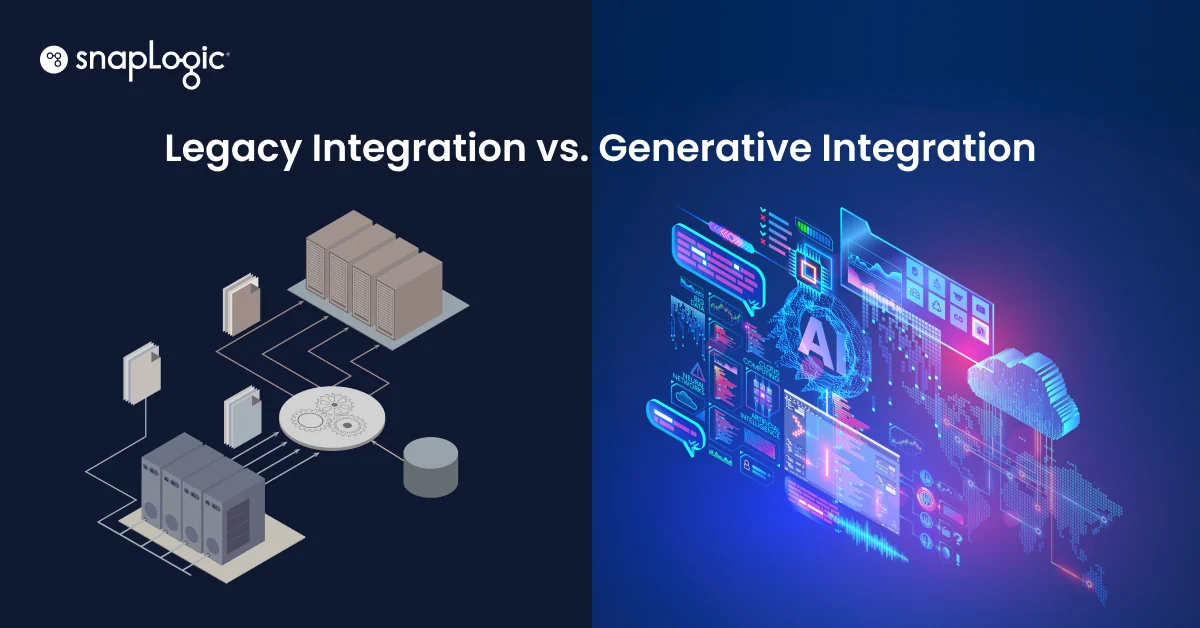Few tasks are more personally rewarding than working with brilliant graduate students on research problems that have practical applications. This is exactly what I get to do as both a Professor of Computer Science at the University of San Francisco and as Chief Scientist at SnapLogic. Each semester, SnapLogic sponsors student research and development projects for USF CS project classes, and I am given the freedom to work with these students on new technology and exploratory projects that we believe will eventually impact the SnapLogic Enterprise Integration Cloud Platform. Iris and the Integration Assistant, which applies machine learning to the creation of data integration pipelines, represents one of these research projects that pushes the boundaries of self-service data integration.
For the past seven years, these research projects have provided SnapLogic Labs with bright minds and at the same time given USF students exposure to problems found in real-world commercial software. I have been able to leverage my past 19 years of research and teaching at USF in parallel and distributed computing to help formulate research areas that enable students to bridge their academic experience with problems found in large-scale software that runs in the cloud. Project successes include Predictive Field Linking, the first SnapLogic MapReduce implementation called SnapReduce, and the Document Model for data integration. It is a mutually beneficial relationship.
During the research phase of Labs projects, the students have access to the SnapLogic engineering team, and can ask questions and get feedback. This collaboration allows the students to ramp up quickly with our codebase and gets the engineering team familiar with the students. Once we have prototyped and demonstrated the potential for a research project we transition the code to production. But the relationship doesn’t end there – students who did the research work are usually hired on to help with transitioning the prototype to production code.
The SnapLogic Philosophy
Iris technology was born to help an increasing number of business users design and implement data integration tasks that previously required extensive programming skills. Most companies must manage an increasing number of data sources and cloud applications as well as an increasing amount of data volume. And it’s data Integration platforms that help business connect and transform all of this disparate data. The SnapLogic philosophy has always been to truly provide self-service integration through visual programming. Iris and the Integration Assistant further advances this philosophy by learning from the successes and failures of thousands of pipelines and billions of executions on the SnapLogic platform.
The Project
Two years ago, I led a project that refined our metadata architecture and last year I proposed a machine learning project for USF students. At the time, I gave some vague ideas about what we could achieve. The plan was to spend the first part of the project doing data science on the SnapLogic metadata to see what patterns we could find and opportunities for applying machine learning.
One of the USF graduate students working on the project, Thanawut “Jump” Anapiriyakul, discovered that we could learn from past pipeline definitions in our metadata to help recommend likely next Snaps during pipeline creation. Jump experimented with several machine learning algorithms to find the ones that give the best recommendation accuracy. We later combined the pipeline definition with Snap execution history to further improve recommendation accuracy. The end result: Pipeline creation is now much faster with the Integration Assistant.
The exciting thing about the Iris technology is that we have created an internal metadata architecture that supports not only the Integration Assistant but also the data science needed to further leverage historical user activity and pipeline executions to power future applications of machine learning in the SnapLogic Enterprise Cloud. In my view, true self-service in data integration will only be possible through the application of machine learning and artificial intelligence as we are doing at SnapLogic.
As for the students who work on SnapLogic projects, most are usually offered internships and many eventually become full-time software engineers at SnapLogic. It is very rewarding to continue to work with my students after they graduate. After ceremonies this May at USF, Jump will join SnapLogic full-time this summer, working with the team on extending Iris and its capabilities.
I look forward to writing more about Iris and our recent technology advances in the weeks to come. In the meantime, you can check out my past posts on JSON-centric iPaaS and Hybrid Batch and Streaming Architecture for Data Integration.









